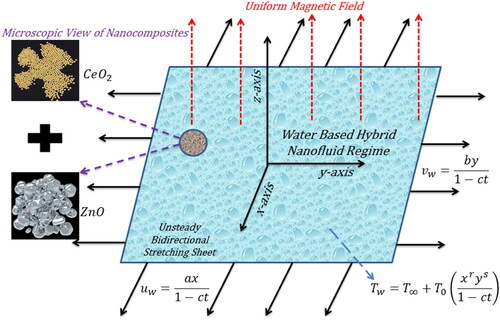Figures & data
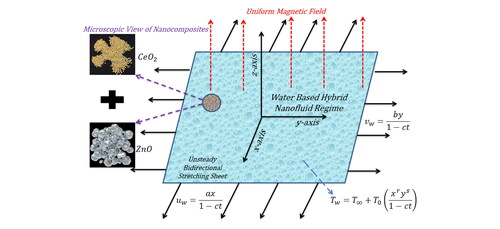
Table 1. Thermophysical properties of ceria and zinc oxide with water as host liquid [Citation9–11].
Table 2. Convergence of the Keller-Box simulation under the control of parameters
Figure 2. (a, b). Heat estimations with the influence of for VST state (pattern a) and for VHF state (pattern b).
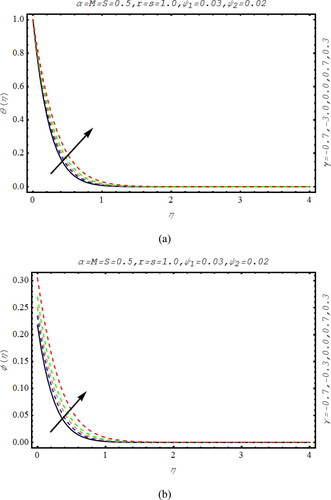
Figure 3. (a, b). Heat estimations with the influence of for VST state (pattern a) and for VHF state (pattern b).
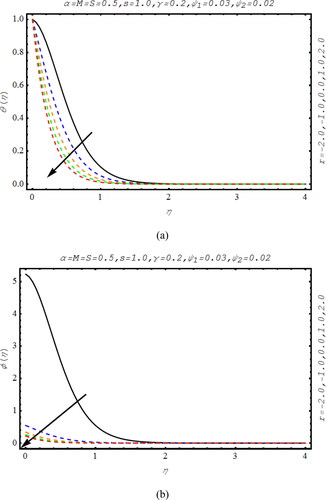
Figure 4. (a, b). Heat estimations with the influence of for VST state (pattern a) and for VHF state (pattern b).
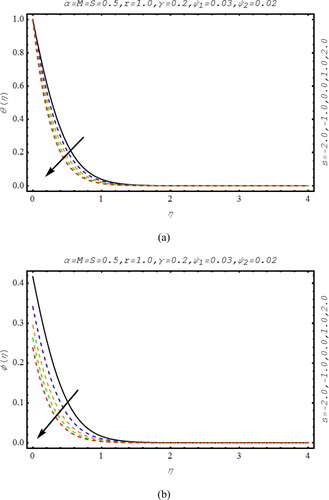
Figure 5. (a-c). Nusselt number estimations with the pairs (a): (ceria) versus
(b):
(zinc-oxide) versus
(ceria) for heat sink situation, and
(ceria) versus
(zinc-oxide) for heat source situation.

Figure 6. (a-c). Skin-friction coefficients for ceria nanocomposites with the pairs (a): versus
(b):
versus
and (c):
versus
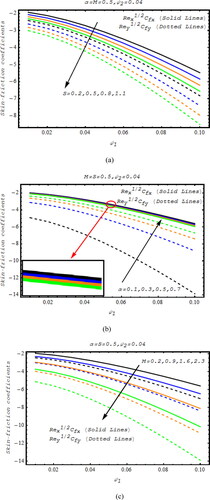
Figure 7. Comparison between rate of heat transfer by ceria and rate of heat transfer by zinc-oxide
against the wide range of unsteady stretching parameter
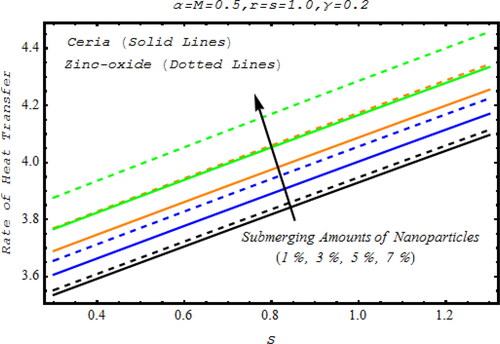
Table 3. Calculation of Nusselt number for solid volume fractions (ceria) and
(zinc-oxide) with

